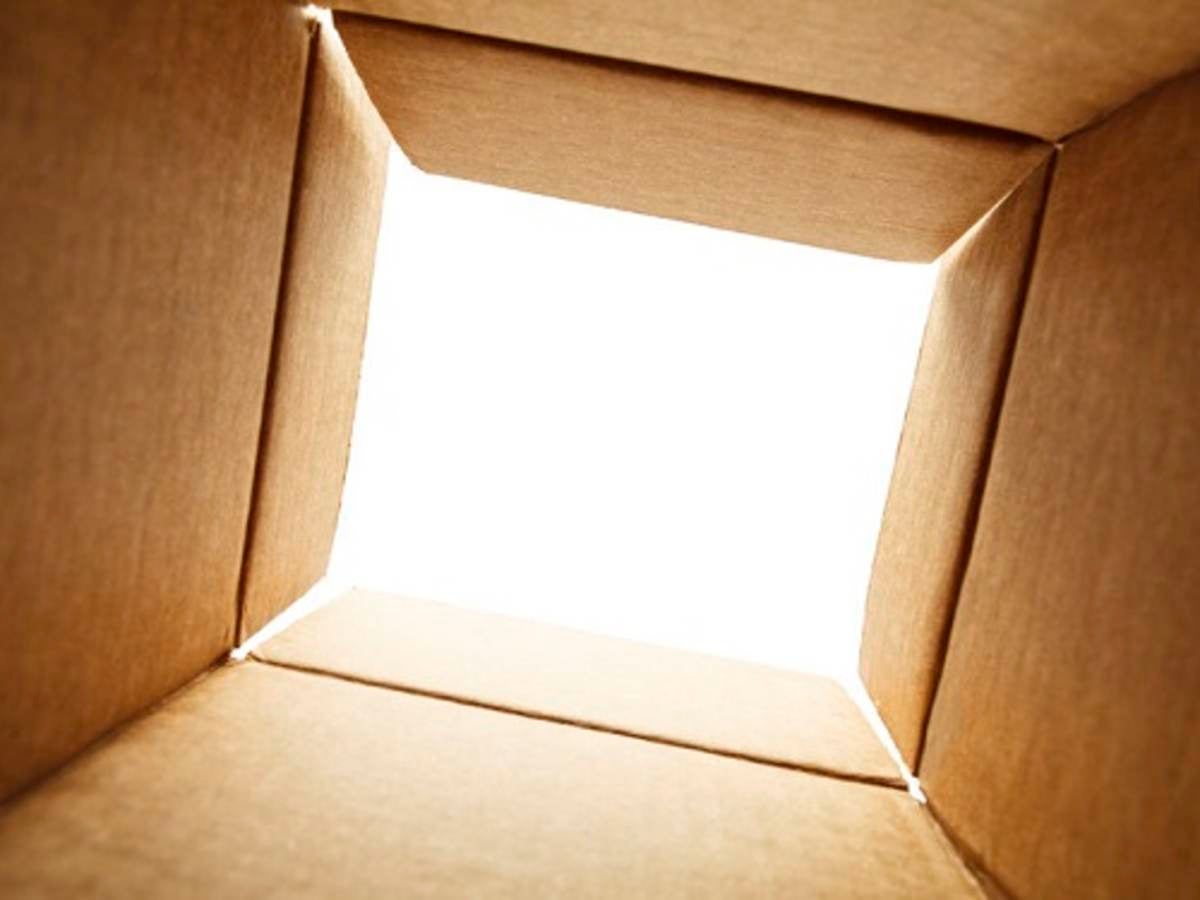September 19, 2018
The world is awash with boxes. Big boxes, small boxes, stacks and stacks of boxes-waiting to be sorted, recorded and loaded onto cargo ships and freight carriers around the world. UPS alone delivered 4.9 billion packages in 2016 while FedEx says they receive over 125 million package status requests each day.
The advent of e-commerce has led to an increase in demand for transport services, be it planes, trains, trucks or ships, for a combined market total of $237 billion in estimated revenues.
With so many packages shuffling around, how do the assorted conglomerate of stakeholders help ensure the safe delivery of the millions upon millions of boxes each day?
Product Packaging
Smashed-up boxes and dented merchandise can result in costly returns to the retailer, plus the potential for additional losses due to product replacement and/or diminished consumer perception of brands. Fortunately, the hazards associated with product transportation are known and allow for the development of standardized tests to assess package strength and durability.
Packaging Testing
Underwriters Laboratories Inc. (UL) tests packages in accordance with International Safe Transit Association (ISTA) procedures to help ensure the packaged product is safe for transit. ISTA develops test protocols to simulate a variety of scenarios such as the rolling of trucks, the heavy stacking of boxes and the humidity inside a cargo container or warehouse.
According to Carissa Samonte-Cam, an engineering project handler with UL, tests are primarily performed on the finished package to see if the packing material is efficient enough to withstand test protocols and to evaluate if damage occurs to the actual product during testing. The products tested could consist of anything, from books to glassware or household items to medical devices.
“We have the capability to test to several series–Amazon, Sam’s Club and FedEx, to name a few,” says Samonte-Cam, who helped select the packaging test equipment for UL’s packaging testing facility in Allentown, Pennsylvania.
The equipment includes an electrodynamic shaker, also known as a vibration table, which moves along three different planes, X, Y and Z.
“One test example is when a package is subjected to an abrupt 1 inch displacement, peak to peak, which could last up to 1½ hours duration of time,” says David Edwards, program manager for the AHL Performance Testing. “It’s a violent shaking motion similar to what you’ll see out in transit conditions.”
Many of the tests call for preconditioning of the product which means the product is held for a specified timeframe under controlled temperature and humidity settings. The lab uses a chamber to simulate the high humidity and temperatures found in many of the shipments from manufacturing locations around the globe.
“Products typically sit in a container for about eight weeks so there could be a lot of damage to the cartons or the skid based on the type of packaging materials used,” Samonte-Cam explains.
Other tests include a compression assessment, that uses one clamp on top and one on the bottom of a carton to assess the force needed to crush the container.
“Freight carriers often stack packages in a truck to maximize their load, so there is a good chance that a package will be compressed between other boxes,” says Edwards. “We need to determine how much compression load a box can withstand before it collapses,” he adds.
In a world filled with boxes, effective packaging is an extremely important component to a product’s success in the marketplace.
"Many manufacturers rely on packaging engineering as a critical part of their development process. UL’s packaging test labs help to support this package development process by performing the actual testing to help the manufacturer assess packaging strength," Edwards concludes.
Learn more at PerformanceSolutions@ul.com or by calling 610-774-1300

